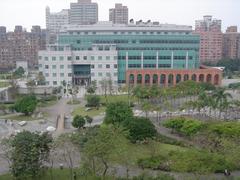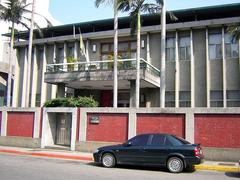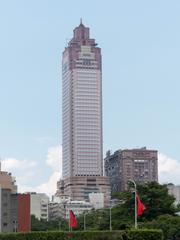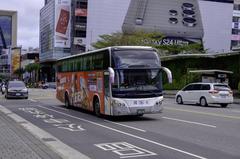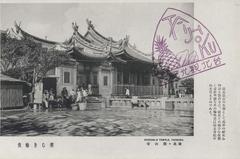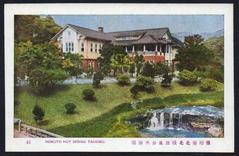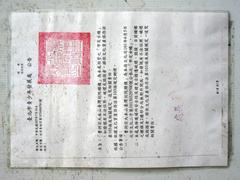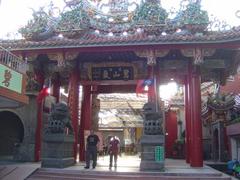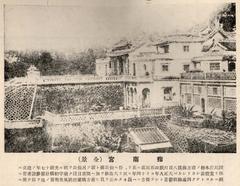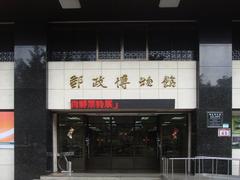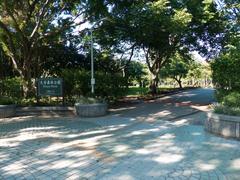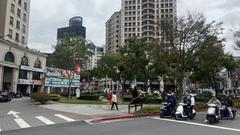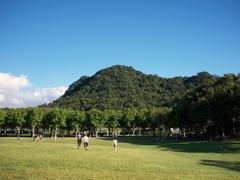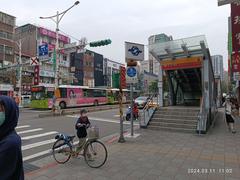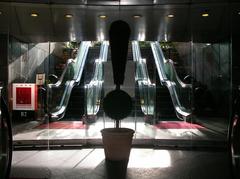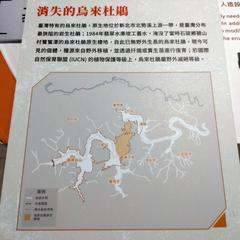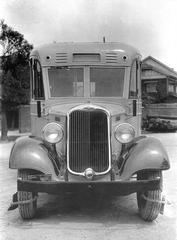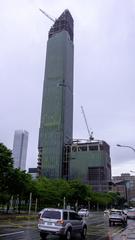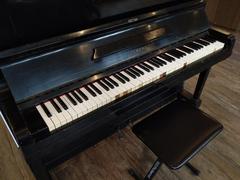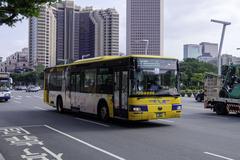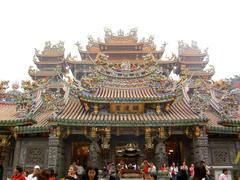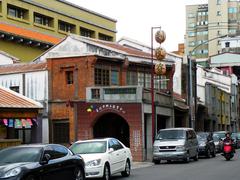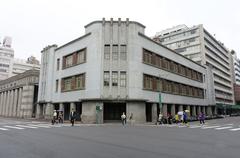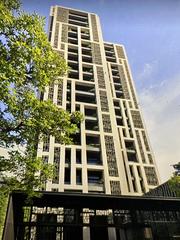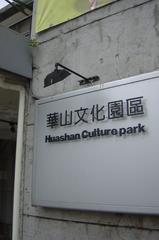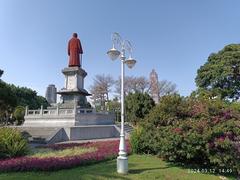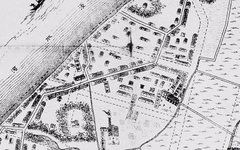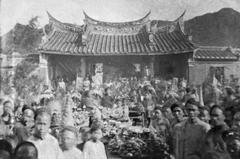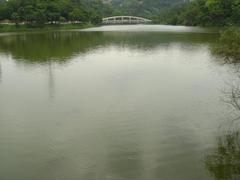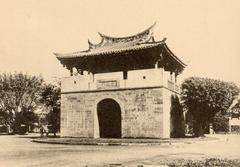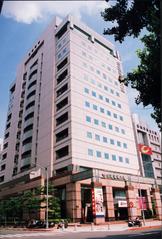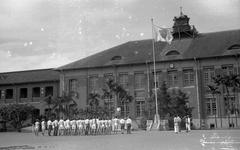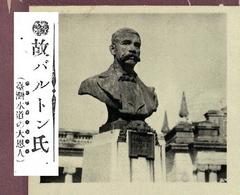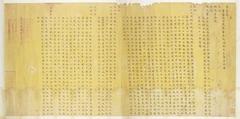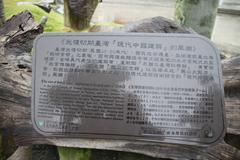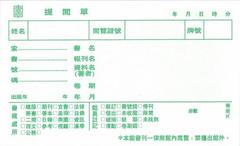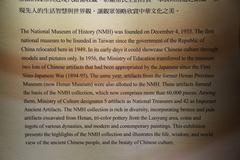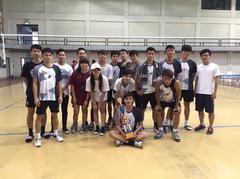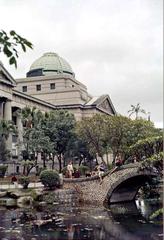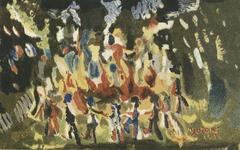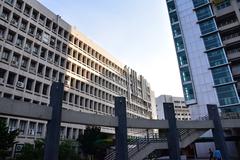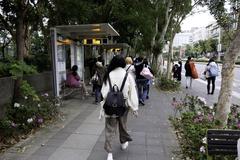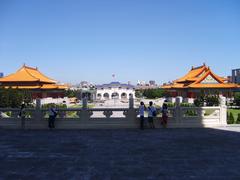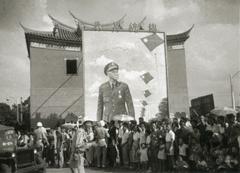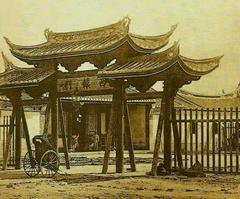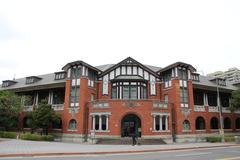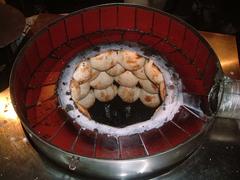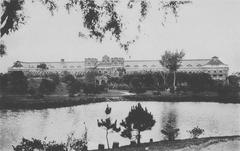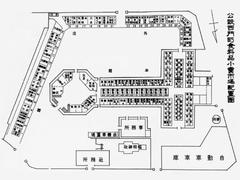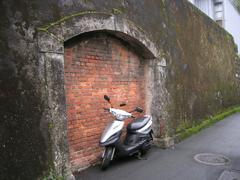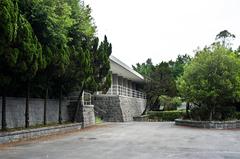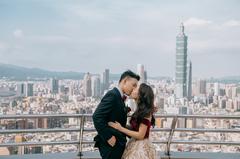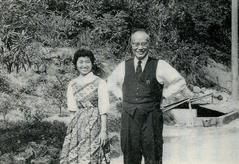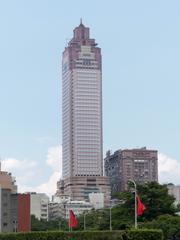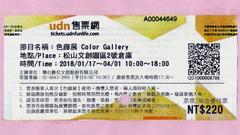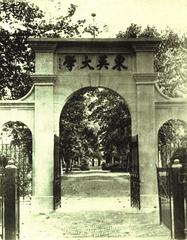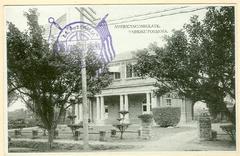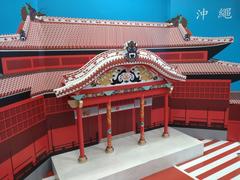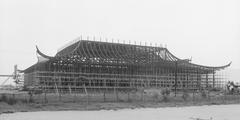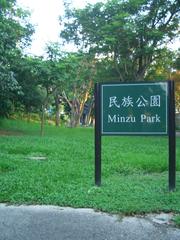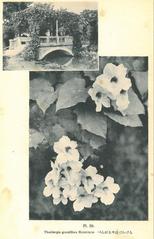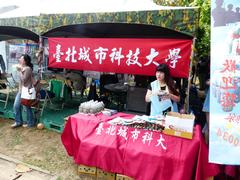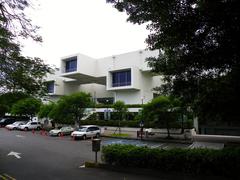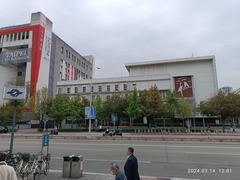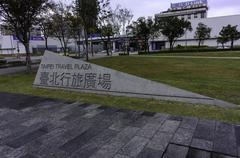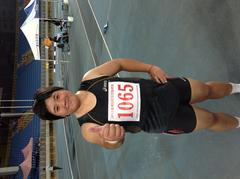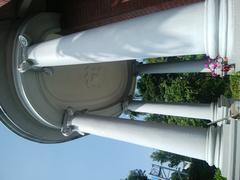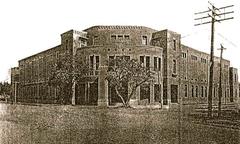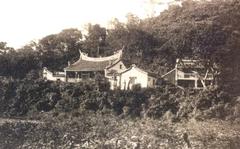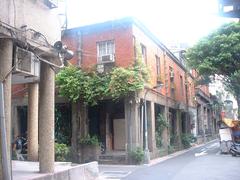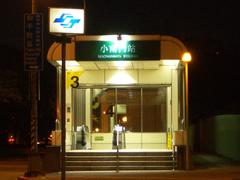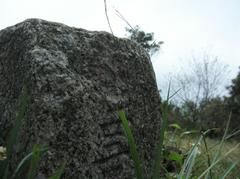Museum of the Institute of Ethnology, Academia Sinica, Taipei: Visiting Hours, Tickets, and Comprehensive Guide
Date: 14/06/2025
Introduction
Nestled within Academia Sinica’s picturesque Nangang campus in Taipei, the Museum of the Institute of Ethnology stands as a vital gateway to Taiwan’s indigenous heritage and multicultural identity. Established as the public extension of the Institute of Ethnology, this museum seamlessly blends decades of rigorous ethnological research with immersive exhibitions, inviting visitors into the living stories of Taiwan’s 16 officially recognized indigenous peoples and the island’s broader ethnic mosaic. With free admission, accessible facilities, and a rich program of educational events, the museum is an essential stop for cultural explorers, scholars, and travelers alike. Practical details, including visiting hours, ticketing, guided tours, and directions, are provided below. For updated information, refer to the Museum of the Institute of Ethnology official website and the Academia Sinica Museum.
Table of Contents
- Overview and Founding Context
- Key Figures and Research Legacy
- Collections and Exhibitions
- Architectural Features and Design
- Educational and Public Programs
- Visitor Information: Hours, Tickets, and Accessibility
- Getting There and Nearby Attractions
- Visitor Tips and FAQ
- Conclusion
- References
Overview and Founding Context
The Museum of the Institute of Ethnology forms an integral part of Academia Sinica, Taiwan’s leading academic research institution established in 1928. The Institute of Ethnology, founded in 1940, was tasked with advancing the study of anthropology and ethnology, focusing on Taiwan and neighboring regions (Academia Sinica official site). The museum, established to make the Institute’s research and collections accessible to the public, preserves and displays a wealth of ethnographic materials documenting Taiwan’s indigenous groups and other local communities. Its exhibitions are grounded in pioneering fieldwork and continue to shape public understanding of Taiwan’s cultural diversity.
Key Figures and Research Legacy
The museum’s development is closely tied to scholars such as Dr. Ling Chun-sheng, who was instrumental in institutionalizing anthropology in Taiwan, and Li Yih-yuan, whose work emphasized the dialogue between academic research and societal change (Ho Ts’ui-p’ing, 2025). The Institute’s extensive field photography and documentation efforts—dating back to the 1940s—form the backbone of the museum’s exhibitions (Wen-ling Lin, 2025). Rare images and original field notes provide invaluable insights into traditional practices and the transformation of indigenous societies.
Collections and Exhibitions
Permanent Collections
The museum’s holdings include over 50,000 artifacts, photographs, and documents (Academia Sinica Museum). Highlights include:
- Ethnographic Artifacts: Representing all major indigenous groups, such as the Amis, Atayal, Paiwan, and Rukai, as well as objects from Han Chinese folk traditions and Austronesian cultures across the Pacific (Museum Collections).
- Historical Photographs and Documents: Over 10,000 images and field notes from early expeditions, including Japanese colonial-era records (Digital Archives).
- Audio-Visual Materials: Oral histories, music recordings, and documentation of rituals vital for preserving intangible cultural heritage.
Special and Thematic Exhibitions
The museum curates 2–3 rotating special exhibitions annually, exploring themes such as textiles, rituals, and Austronesian migration. These exhibitions often feature multimedia installations and bilingual interpretive panels (Exhibition Archive). Collaborative projects with other Taiwanese and international institutions broaden their reach (Collaborative Projects).
Digital and Online Exhibitions
An extensive selection of digital exhibitions and virtual galleries is available for remote visitors, featuring high-resolution images and multilingual resources (Online Exhibitions).
Exhibition Highlights
- Paiwan glass beads: Ceremonial objects symbolizing nobility.
- Atayal tattoo implements: Tools from the rare practice of facial tattooing.
- Bunun “Pasibutbut” ritual implements: Items used in UNESCO-listed choral traditions.
- Austronesian canoe models: Detailed representations of maritime heritage.
Architectural Features and Design
Southern Min Influence
The museum’s Southern Min (Minnan) architectural style—marked by red brick walls, tiled roofs, and carved wood—celebrates Taiwan’s ethnic roots and creates a harmonious setting for its collections (newsletter.sinica.edu.tw). Open courtyards and flexible interior spaces accommodate both exhibitions and indigenous ceremonies, embodying a living museum philosophy.
Spatial Organization
Galleries are arranged thematically, guiding visitors through the evolution of the collection—from the original 1955 Laiyi village expedition artifacts to contemporary displays of indigenous, Han Chinese, and Southeast Asian cultures. Carefully managed lighting and intimate gallery scale foster a reflective and immersive experience.
Educational and Public Programs
The museum’s mission encompasses preservation, research, and robust public education:
- Guided Tours: Free guided tours (in Chinese) are held every Saturday; group tours and educational programs can be reserved in advance (tour reservation).
- Workshops and Lectures: Regularly offered for students, families, and adult learners.
- Digital Engagement: Free Wi-Fi, multimedia kiosks, and audio guides in multiple languages enhance access (Visitor Services).
- Community Collaboration: Ongoing engagement with indigenous communities ensures respectful, relevant exhibitions and participatory research.
Visitor Information: Hours, Tickets, and Accessibility
- Opening Hours:
- Museum of the Institute of Ethnology: Wednesday, Friday, Saturday, 9:30 AM – 4:30 PM (sinica.edu.tw).
- Academia Sinica Museum: Tuesday–Sunday, 9:00 AM – 5:00 PM (Academia Sinica Museum Tickets).
- Admission: Free for all visitors; no ticket purchase required.
- Accessibility: Wheelchair accessible with ramps, elevators, and accessible restrooms. Large-print guides and tactile displays available for visitors with visual impairments (Accessibility Information).
- Photography: Permitted in most areas except where indicated; flash or tripods may be restricted.
Getting There and Nearby Attractions
- Address: Within Academia Sinica, Nangang District, Taipei.
- By MRT: Take the Blue Line to Nangang Exhibition Center Station; a short taxi or bus ride brings you to the campus (IEAS Museum website).
- Campus Attractions:
- Museum of the Institute of History and Philology
- Lingnan Fine Arts Museum
- Eco Pavilion
- Green spaces and walking trails
Nearby Taipei attractions include the National Palace Museum and the Taipei Botanical Garden (Visit Taipei).
Visitor Tips and FAQ
Tips
- Check the museum’s website for current opening days, special exhibitions, and guided tour schedules.
- Combine your visit with other Academia Sinica or Taipei cultural sites for a full-day itinerary.
- Engage with staff and join guided tours for deeper insights.
- Respect protocols during ceremonies or special events.
Frequently Asked Questions
Q: What are the museum’s opening hours?
A: Wednesday, Friday, and Saturday (9:30 AM – 4:30 PM); or Tuesday–Sunday (9:00 AM – 5:00 PM) for the Academia Sinica Museum.
Q: Is admission free?
A: Yes, entry is free; no tickets are required.
Q: Are guided tours available?
A: Yes, free guided tours in Chinese every Saturday; group tours by reservation.
Q: Is the museum wheelchair accessible?
A: Yes, with accessible facilities and staff assistance.
Q: Can I take photos inside?
A: Photography is allowed in most areas except where restricted.
Q: How do I get there?
A: Take Taipei MRT to Nangang Exhibition Center Station, then taxi or bus to Academia Sinica.
Conclusion
The Museum of the Institute of Ethnology, Academia Sinica, is a cornerstone of Taiwan’s cultural and academic landscape. Its extensive collections, immersive exhibitions, and innovative educational programs make it an indispensable destination for understanding Taiwan’s indigenous and multicultural heritage. With free admission, accessible amenities, and a welcoming environment, the museum invites visitors to engage deeply with the island’s living traditions and scholarly legacies.
For more information, special event updates, and virtual tours, visit the Museum of the Institute of Ethnology official website and Academia Sinica Museum.
References and Further Reading
- Visiting the Museum of the Institute of Ethnology: Hours, Tickets, and Cultural Highlights in Taipei, 2025, Ho Ts’ui-p’ing (https://www.sinica.edu.tw/en/News_Content/36/3048)
- Visiting the Academia Sinica Museum: Hours, Tickets & Exhibitions on Taiwan’s Indigenous Cultures, 2025 (https://museum.sinica.edu.tw/en/)
- Visiting the Institute of Ethnology Museum at Academia Sinica: Hours, Tickets, Architecture, and Cultural Highlights, 2025 (https://newsletter.sinica.edu.tw/en/7262/)
- Visiting the Museum of the Institute of Ethnology, Academia Sinica: Hours, Tickets, and Cultural Insights in Taipei, 2025 (https://museum.sinica.edu.tw/en/visit/)
- IEAS Museum
- IHP Publications
- Academia Sinica official site
- Visit Taipei - Taiwan Historical Sites
- Audiala App Download
